Mortgages to some people can be a daunting experience, we all feel you. However, once you understand all the edges and turns, you’ll be more comfortable dealing with your loan.
To help you understand all the bits and pieces about your home loans, we sum up all the information that you need. Take note that your loan officer can and will give you a full explanation about your loan terms, so let’s get started!
Home Loans

©hdfcsales.com
Home loans can be dissected into two parts which directly affects how much you pay to your lenders, the principal, and the interest rate. The principal rate is basically the amount you borrow while the interest rate the amount you pay to your lenders on top of your principal amount.
Typically, there are two types of loans you can get from firms, it is either a fixed-rate mortgage or an adjustable-rate mortgage or ARM. Let’s talk about these two types of mortgage.
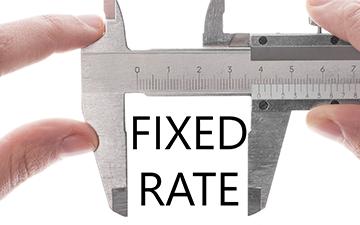
© thompsonkane.com
- Fixed-Rate Mortgage: Just like the name implies, a fixed-rate. The interest rate is stationary and doesn’t change all throughout the loan term. This means that your payment will stay the same every month. As a downside, fixed-rate mortgage has a higher rate compared to ARM.

© blogs.wsj.com
- Adjustable-Rate Mortgage: It offers lower interest rates compared to a fixed-rate mortgage. However, the interest rates will change depending on the loan agreement and the market interest rates. It usually changes between 1 to 10 years.

© consumerismcommentary.com
If you’re choosing between fixed-rate and adjustable-rate mortgages, it would be best to ask your loan officer. If you’re siding on ARM, it would be best to ask them for a rough estimation on how much your monthly payment if the interest rates rise or fall between 1 to 5 percent. In this way, you’ll be more prepared if the rates will increase during your term.
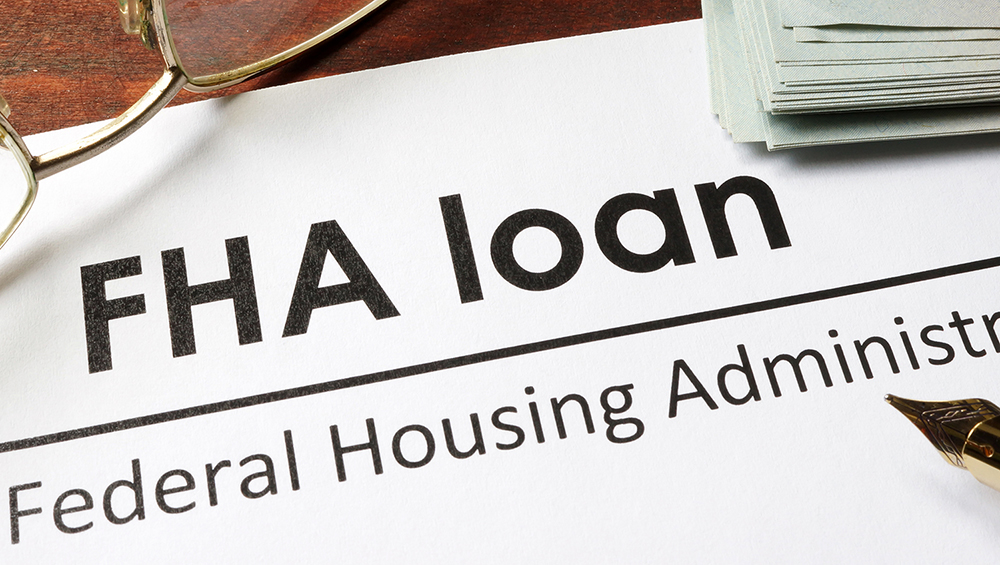
©NFM Lending
Another useful tip, the Federal Housing Authority or FHA, offers loan programs that provide lower down payment and a more manageable credit qualifier. Keep in mind that FHA also has specific fees associated with their loans.
Term, APR and Interest Rate

© Nerd Wallet
A term is defined as the number of years involved in your loan. The longer your loan term, the less monthly payment you will get. However, you will pay more interest in the long run.
The interest rate, on the other hand, is calculated with your monthly payment. Higher interest rates mean higher monthly payment. With ARM, interest rates will differ from time to time depending on the index of interest set mostly by the federal government. Fixed-rate will never change no matter what the index of interest shows.
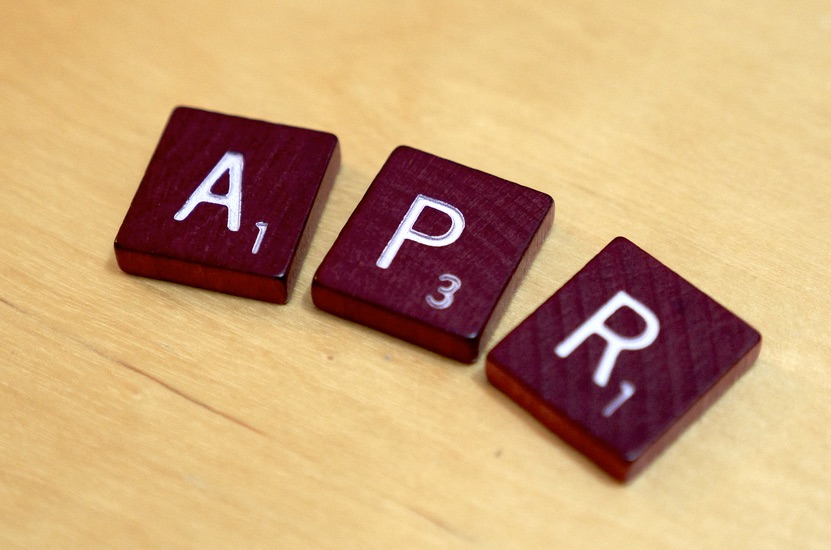
©Progressive Lending Solutions
APR or Annual Percentage Rate gives you an estimated cost of your loan. This estimated cost includes all possible fees that can occur such as the interest rate and other upfront fees. Shopping around and comparing APRs may give you the best deal since all the costs associated with the loan is showing right in front of us.
Discount Points and Rate Lock
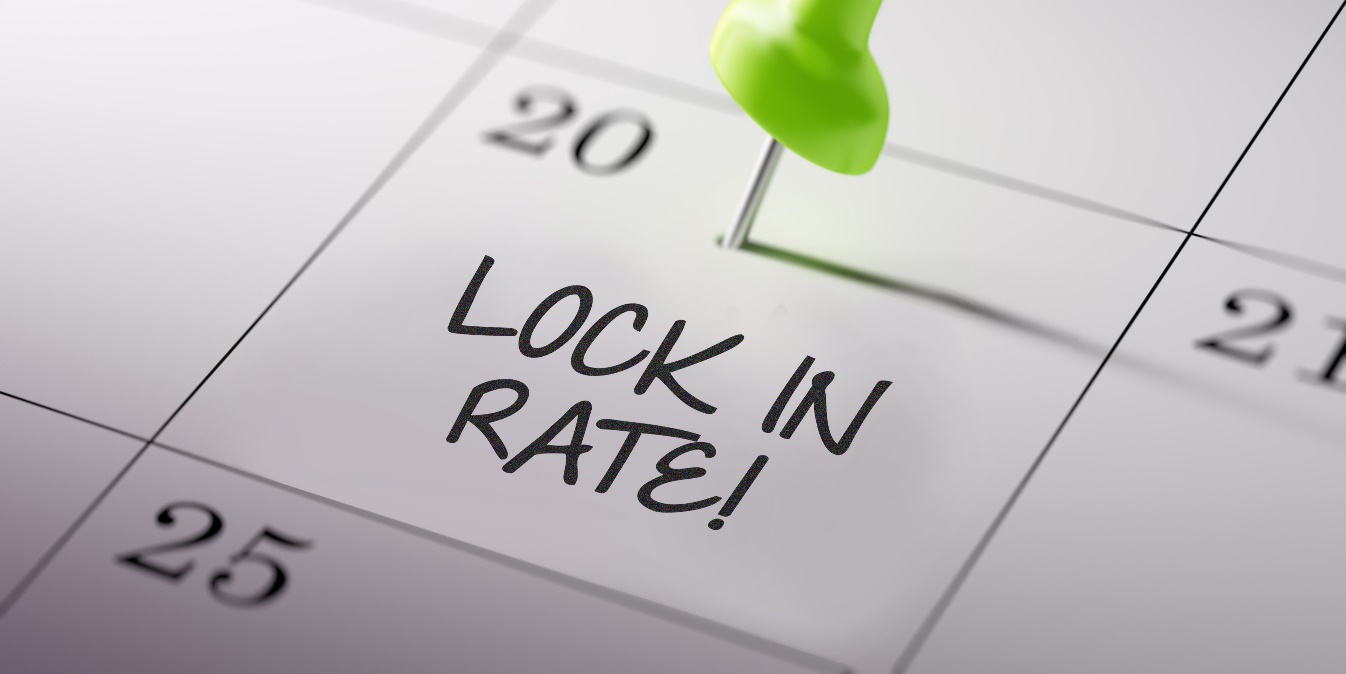
© zillow
Discount points are fees you can get from your lender to help you save up on your interest rates. Each point can help reduce your interest rate by .25 percent which means a 6.25 percent interest rate would go down to 6 percent after buying a point from your lender. On the long run, this will help you save a lot. However, a point would cost 1 percent of the total loan amount so you need to be smart with this.

© Realtor.com
When you’re worried about the changes with the interest rates during the time you are processing your application, you can ask your officers about rate lock. This will lock the interest rate while your documents are being processed and they can lock your rates for 30 to 60 days. Check if there are associated fees for rate lock as some firms charge a fee for doing this process.
Prequalify for Your Loan
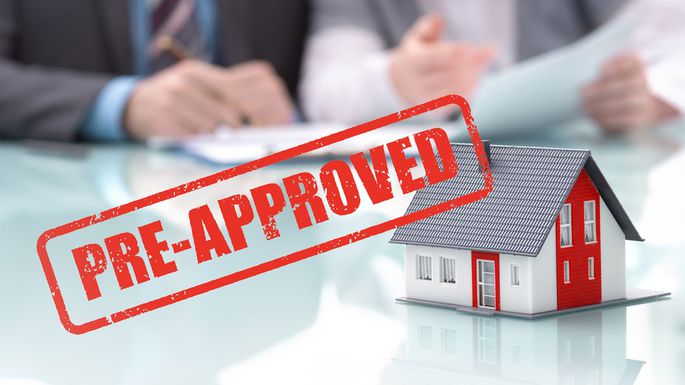
© Realtor.com
Knowing how much you can afford is usually the first thing lenders look into your account. Prequalification provides them that security that you’ll be able to manage your loan in the future. Doing this can also give you all the properties available within your price range.
Just submit your financial information like your income along with your savings and investment records to your mortgage banker and you’re all set. You might also need other documents like W-2 forms, bank statements and paycheck stubs as a supporting document.
Closing Cost and Monthly Mortgage Payment
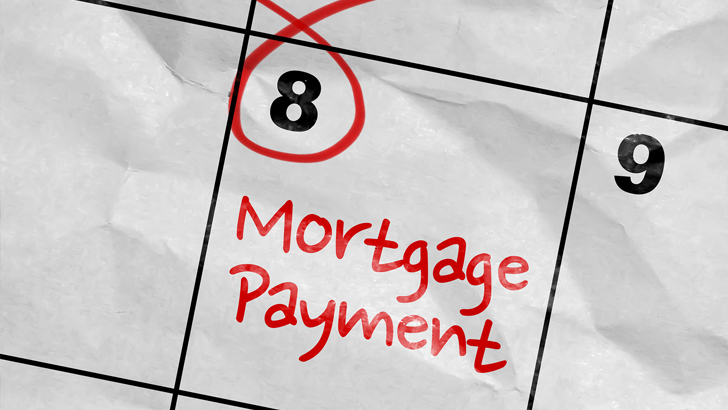
©Money Magazine
Closing a deal with your home loan involves a lot of people behind the scene. People and organizations like the title company, the appraisers and such will get the closing costs that are usually at 2 to 3 percent of the loan amount.
Lenders can choose to get the closing cost as an upfront payment or it can be included in your monthly payments as part of the principal amount. By doing this, you don’t need to worry about any other transactions for the paperwork for your new home.

© Realtor. com
A monthly mortgage payment is the total principal amount plus the interest rate for your loan. There are times that property taxes and insurance will also be a part of your monthly payment held.
Cover Photo Credits: bankrate.com

